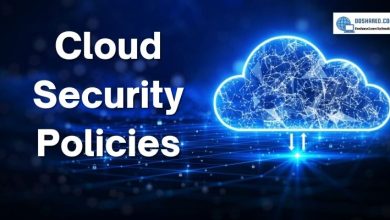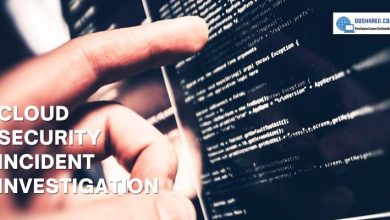Cloud Security Monitoring 101: Best Practices
Cloud Security Monitoring 101: Best Practices is a comprehensive guide that highlights the essential strategies and recommendations for effectively safeguarding your cloud environment. With the increasing complexity of cybersecurity threats, implementing robust cloud security monitoring practices is crucial for organizations to proactively detect, respond to, and mitigate potential risks and vulnerabilities in their cloud infrastructure by Doshared.com
Contents
Cloud Security Monitoring Definition
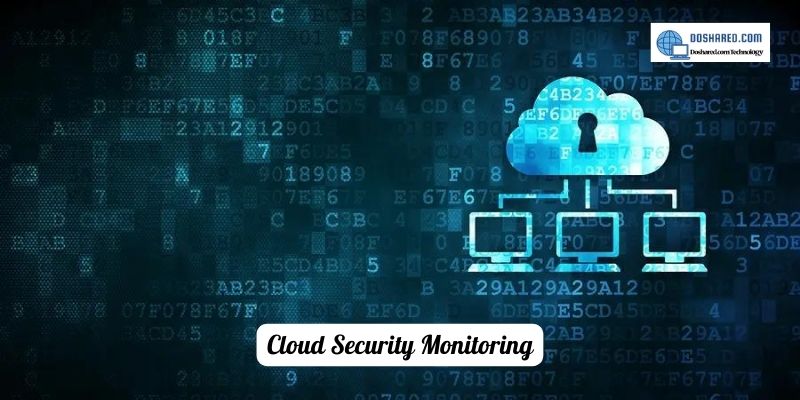
The measurement, evaluation, monitoring, and management of workloads inside cloud tenancies against predetermined metrics and thresholds is known as cloud monitoring. To make sure the cloud is completely functional and available, it can employ either manual or automated technologies.
You can use cloud monitoring to determine whether the performance of your cloud-hosted apps complies with their Service-Level Agreement (SLA), find out if there are any potential security risks, find out if there are any capacity issues, and evaluate expenses.
How Does Cloud Security Monitoring Work?
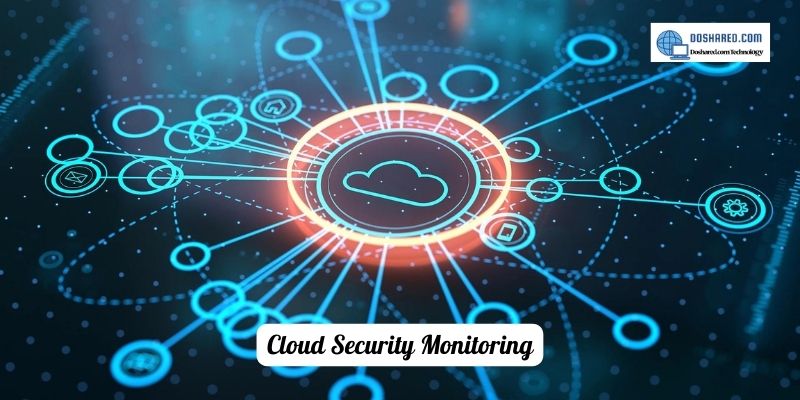
Most cloud service providers have their own monitoring systems. You may learn more about the majority of AWS services, for instance, using Amazon CloudWatch and CloudWatch Logs. Similar to how Azure offers Azure Monitor and GCP has its Google Cloud Operations Suite. Other cloud services, such as DigitalOcean, provide some fundamental analytics, but Snowflake displays its query logs along with the corresponding query plans.
If your company uses numerous clouds, you can find yourself managing hundreds of workloads across many accounts from various cloud service providers, each of which has access to service metrics and logs.
It can seem like an insurmountable process to gather, aggregate, index, and search through millions of lines of logs, metrics, traces, and events while trying to find the source of a problem.
New platforms, however, may gather logs and metrics from all of your cloud touchpoints, then use administrative access to extract only the pertinent data, standardize formats, and index for effective searchability. These solutions’ intelligence, trend analysis, anomaly detection, and dashboards may provide a comprehensive view of your multi-cloud applications.
The Advantages of Cloud Security Monitoring
A component of observability, which is the process of studying a system’s outputs to comprehend its internal status, is cloud monitoring. In today’s IT, businesses employ observability to get a complete view of how their complicated, distributed systems are doing.
A company’s total observability plan must include cloud monitoring because part (or all) of its workloads may be run in the cloud. However, metrics and logs are the main topics of cloud monitoring. The following are some major advantages that cloud monitoring offers your company:
- Cost reduction
You can track resource usage by keeping an eye on your cloud footprint, and from there, you can optimize costs. Shutting down your cloud-based virtual machines during non-business hours, for instance, could result in cost savings if monitoring reveals that they only operate at full capacity during business hours.
- Performance Awareness
The enhanced visibility while examining performance data is another advantage of cloud monitoring. Imagine, for instance, if you found that your cloud-based applications were performing slowly. By tracking the scaling-to-performance ratio, you might add more CPU or memory capacity and justify these changes. Drilling down further into the metrics and logs may help you identify the underlying cause of the slowness when this ratio reaches a plateau, indicating that more capacity or elasticity would no longer improve performance.
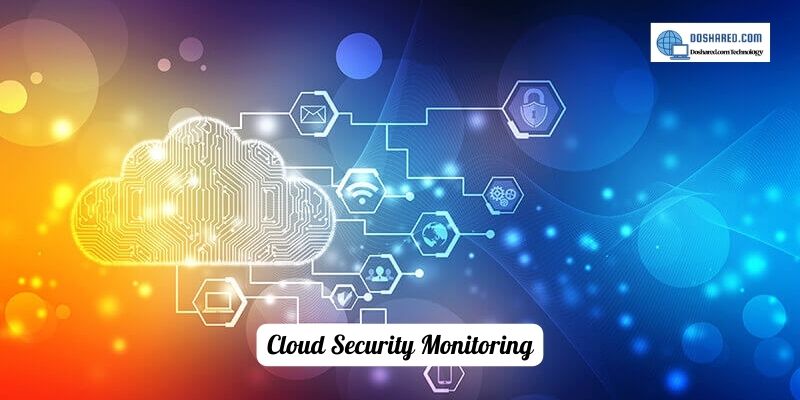
- Benchmarking
You can develop baseline benchmarks by observing high-performing cloud-based applications. When you improve the infrastructure or add a new feature to the application, these benchmarks are helpful for providing before-and-after comparative data.
- Enhanced Security
You can improve security by using cloud monitoring. A monitoring system can notify you of anomalies, unauthorized access attempts, or DDoS attacks by looking at the application, server, API gateway, or firewall logs. The knowledge gained from this monitoring can help with the overall security hardening efforts.

- Scalability
No matter the industry or size, cloud monitoring solutions are intended for all types of businesses and organizations. As a result, cloud monitoring systems must be simple to scale when a business expands and experiences increased activity.
- Operating Effectiveness
Infrastructure and setups for solutions are frequently already in place, making installation simple. It also contains specialized equipment that the host maintains, so your team won’t have to worry about doing labor-intensive maintenance work.
Resources in cloud monitoring solutions are separate from the workstations and servers in your company. This keeps your system from being affected when little issues locally affect an organization.
8 Best Practices for Monitoring the Cloud
- Fees for Monitoring Cloud Service Usage:
Your cloud monitoring service will cost you more the more you utilize it. You can monitor all costs related to consumption and activities within your cloud architecture with the aid of an effective cloud monitoring solution.
- Metrics Prioritization:
Prioritize the indicators and events that have the greatest impact on your bottom line when monitoring. If you otherize, your teams will be inundated with information, much of which turns out to be noise.
- Place a focus on inter-team cooperation.
Obtain opinions from various teams regarding the data that matters to them, the best way to display it, and the appropriate actions to take.
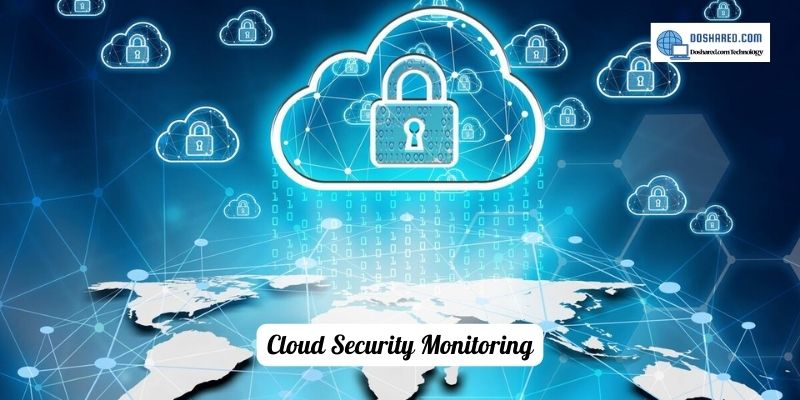
- Streamline data reporting and create a single platform.
A solution that compiles all of your data gathered from many sources into one location is necessary. This enables a much cleaner and more structured usage of metrics in a thorough 360-degree performance review.
- Divide up your data:
While information should be centrally located for easy access by all parties, keep your centralized monitoring data out of applications that are only available to your organization.
- Make rules for automatic triggers:
Establish efficiency-enhancing thresholds so that if activity exceeds or falls below them, the tool can initiate the appropriate response.
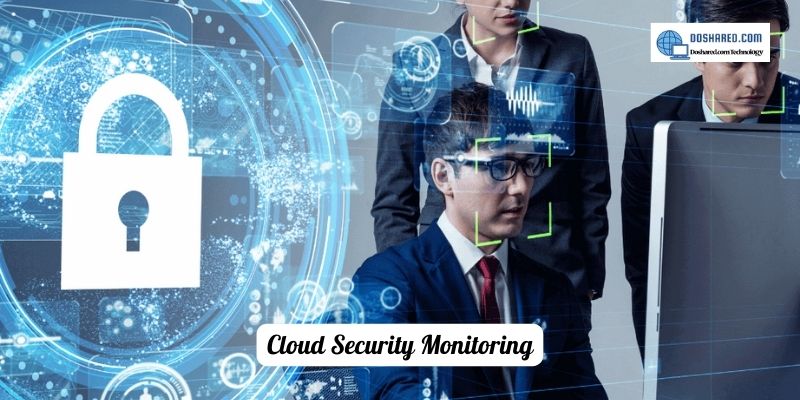
- User Experience Monitoring
Examine performance measures that give you a complete picture. These include usage patterns, concentration spans, user error rates, and reaction times.
- Test the monitoring tool frequently.
Test your cloud monitoring software frequently to make sure it will work properly in the event of a breach. You could find weak points and weaknesses through routine testing, which might lead you to adopt new standards for the alert system.
Conclusion
In conclusion, Cloud Security Monitoring is an essential component of any comprehensive cybersecurity strategy. By implementing the best practices outlined in Cloud Security Monitoring 101, organizations can proactively detect and respond to threats, protect sensitive data, and ensure the integrity of their cloud infrastructure, thus fortifying their overall security posture and mitigating potential risks. Embracing Cloud Security Monitoring best practices is a critical step towards safeguarding valuable assets in the cloud.
Conclusion: So above is the Cloud Security Monitoring 101: Best Practices article. Hopefully with this article you can help you in life, always follow and read our good articles on the website: Doshared.com
